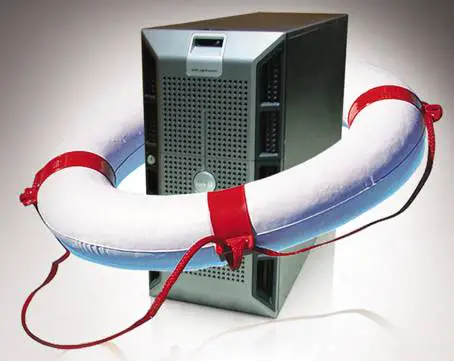In the past, disaster recovery has been an overlooked aspect of the information technology (IT) industry. Even now it is often seen as non-essential by many IT departments with reduced budgets. But as natural disasters are happening on a larger scale all over the world, disaster recovery is becoming essential to keeping major technological infrastructures up and running. In fact, the biggest IT concerns in 2012 will revolve around technological infrastructure continuity. In order for this to happen, more companies will need to implement an effective disaster recovery plan (DRP).
What is a Disaster Recovery Plan Exactly?
A disaster recovery plan (DRP), often referred to as a business continuity plan (BCP) refers to a set of procedures used to keep your business up and running in the event of a major natural disaster or other crisis. How does this relate to IT? Since the majority of business operations require the heavy use of modern computing devices, and other IT-based solutions, it’s up to the IT department to develop and implement the DRP. As computing and networking systems become more complex, a major infrastructure outage can cost some large enterprise organizations millions of dollars.
[Read also: 5 Tools to Help you Keep Your Laptop and Data Secured]
Why Your Company Doesn’t have a DRP in Place
The unfortunate reality is that many enterprise-level businesses are completely unprepared for a major crisis. In fact, one-third of all US businesses operate without a DRP set in place. In most cases, IT managers view disaster recovery planning as an unnecessary expense. The problem with this thinking is that it overlooks some very serious problems that could result from an infrastructure outage. This is especially true if your company performs the majority of its transactions online or in the cloud. An outage can mean the loss of massive amounts of daily revenue. Large companies can lose millions in a matter of a few hours, depending on their online sales traffic.
[Recommended reading: 3 Top Data Recovery Tips to Combat Dreaded Data Loss]
Elements of an Effective DRP
Unfortunately, not all DRPs are created equal. Even the IT managers who have a DRP in place are often focusing on the wrong things. First off, you need a plan for protecting your data. This includes having an offsite location to store your backups. Some of the best solutions for this are available in third-party cloud computing solutions. Secondly, if your business relies heavily on software solutions, you need an external repository where you can access key software solutions in a pinch. Lastly, you need to have a plan for restoring computing and communications devices. This includes laptops, desktops, tablet PCs, telephone systems and smartphones.
[Read also: Simple Instructions on How to Secure Data on Your Cell Phone]
Conclusion
The reality is you can’t afford to put off setting up a DRP. If it’s a matter of cost, there are several managed services that will setup your business continuity plan. These companies make sure all of your data, software and computing machines are all backed up and easily restored. They also have the staffing and computer processing resources commonly unavailable to most IT departments. In any case, it’s important to have a disaster recovery plan in place as soon as possible. This will ultimately ensure that your business remains functional in the event of a major crisis.
[Read also: Backup Your Computer System with One of These Options]

